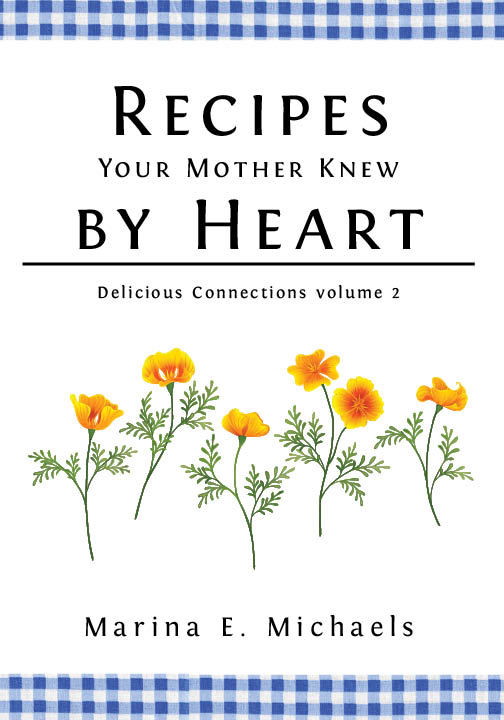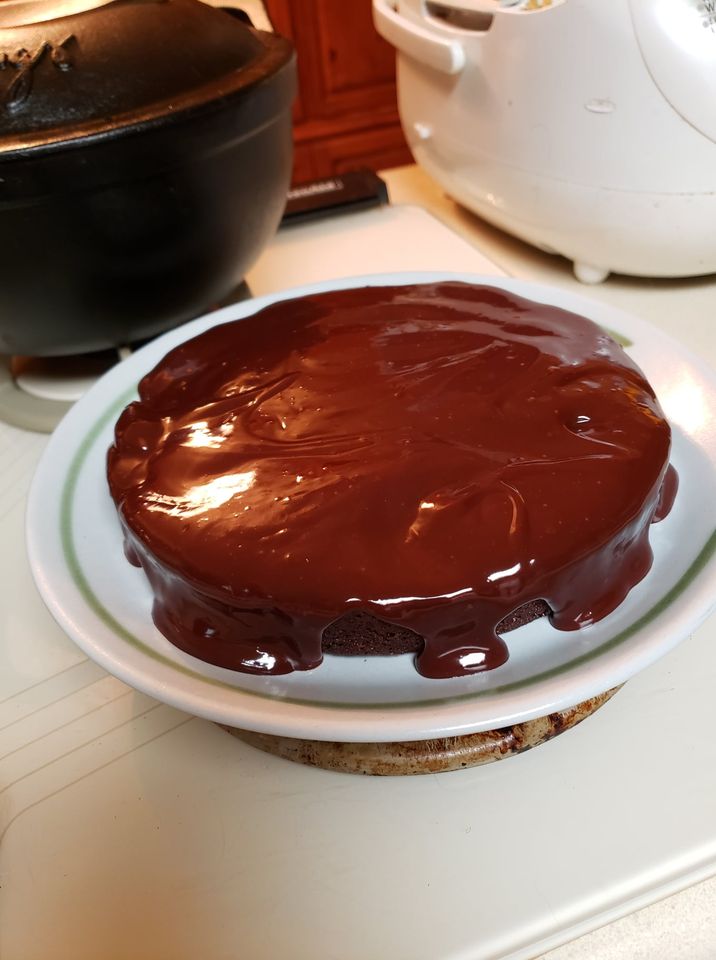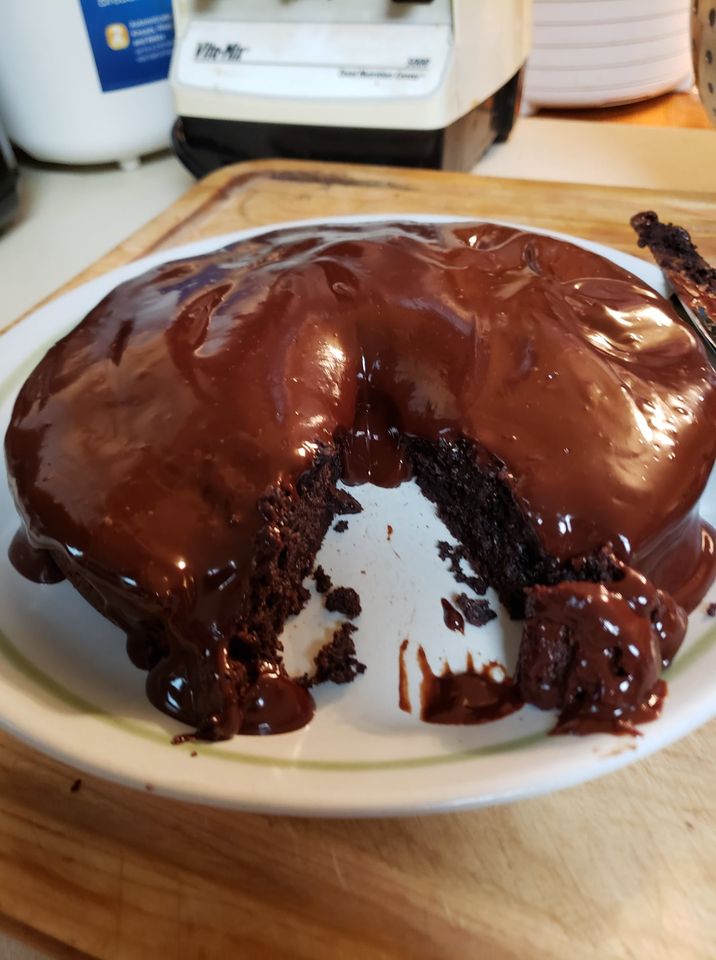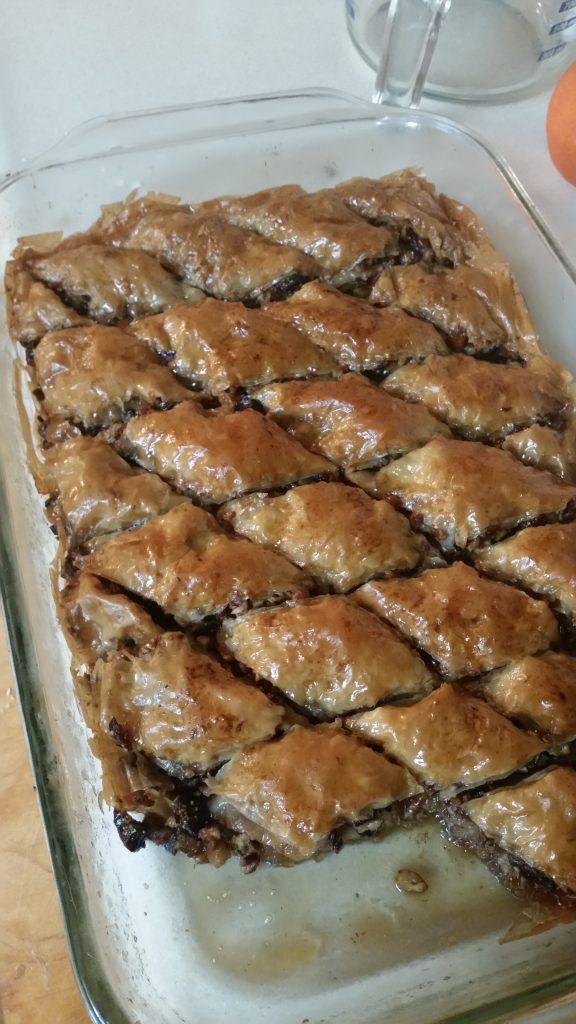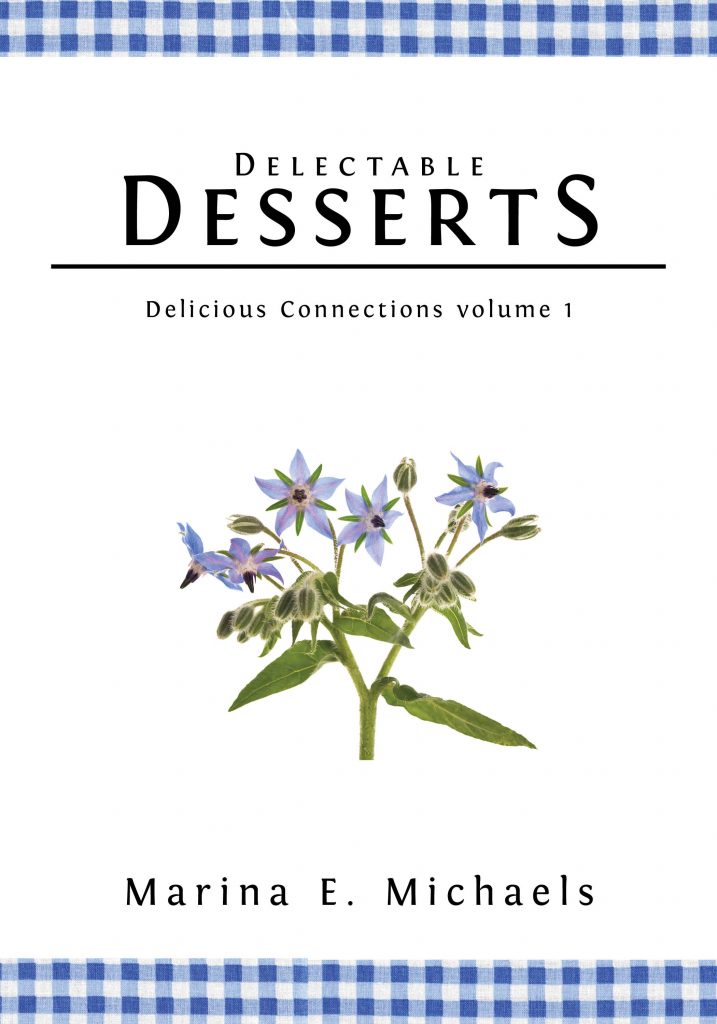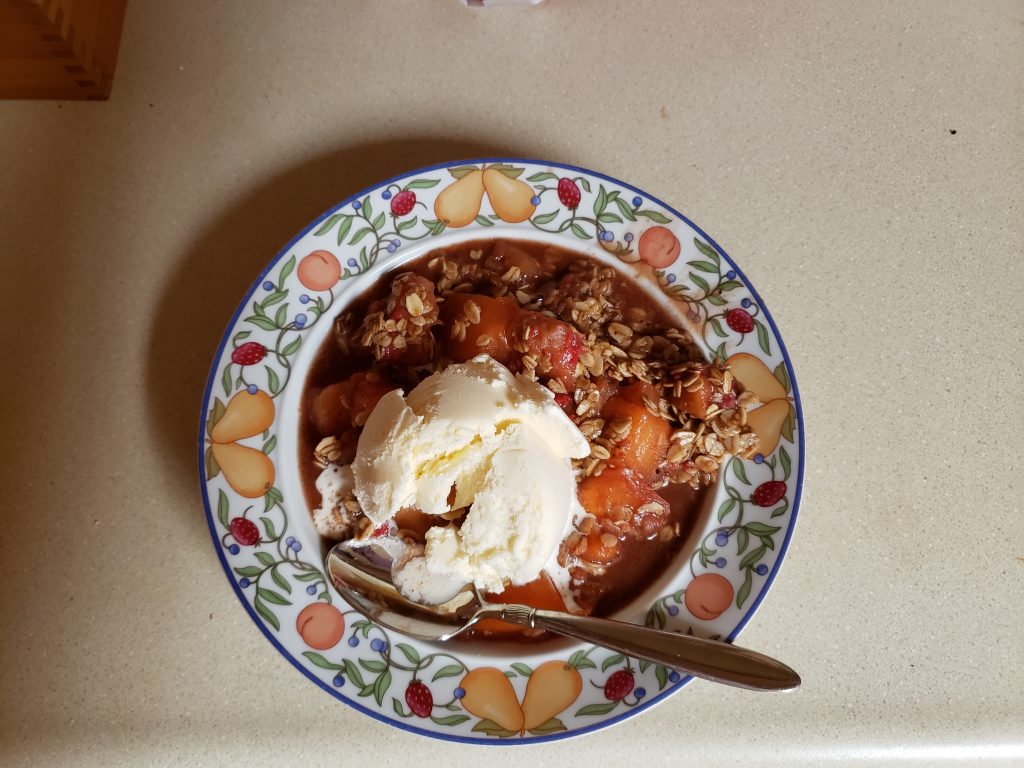I’ve
been lax about talking with Metatron in recent years, though I’ve talked with a
number of other inhabitants of the spirit realm about a number of topics,
including layered realities. More on that another time.
In
1996, when Metatron starting talking with me, one of the topics he spoke about,
and spoke about repeatedly over many years, was what I translated as a world
shift. Some people call it the ascension, but that’s not what I was seeing.
Metatron told me that the world shift is the world moving into the fifth dimension, in which an infinite number of earths exist. He said it wasn’t 2012, as so many had said, but was 2020.
As part of the process of this world shift, as we moved through time to 2020, people would be gently given the information and help they need to make a simple choice: the choice between love and fear. Those who choose love will go to their worlds. Those who choose fear will go to their worlds. No punishment, just a sorting.
Metatron said it would be gentle because what would be the point of bringing people into a more loving world in a way that causes fear?
Help for moving out of denial
Every year, I’ve been told what each year’s theme is–that is, what the overall choices laid before humanity were that year, and what the energies coming into the planet would be supporting. I don’t remember the themes, though they’re recorded somewhere. I remember that 2018’s theme was about owning your power–accepting that you have the right to be yourself, and that no one else has the right to control you.
In 2019, my spirit friends told me that in 2019 and 2020, energies were being provided to this planet to help everyone move out of the fear and denial they are in. I experienced that myself in 2019 and 2020 about some personal events, and it felt amazing and wonderful and a huge release to have the scales fall from my eyes and see what had been under my nose the entire time.
(I haven’t asked yet what 2021’s theme is.)
I mentioned this to some people, and even said it on Facebook, not that Facebook is anything more than an ephemeral social platform. Still, I know that messages will be seen by those who need it, even if they aren’t ready for it. Never underestimate the power of planting a seed. (Not saying I’m the only one planting seeds–many of us are planting seeds of love, hope, faith, and truth.)
But I
didn’t realize until 2020 how much we all need to move out of denial. Even now,
I see people not only still in denial, but digging more deeply into it. I see
people hugging their fears to their chest, afraid to let go of their fears of
the other. Afraid to trust that maybe, just maybe, there isn’t a huge
conspiracy to make them even smaller and more helpless than they already feel.
And
on the topic of conspiracies, I once asked my spirit friends about that–is
there a global conspiracy to try to control everyone? The answer surprised me.
“Yes,” I was told, “but a
higher spiritual power is in place.” Basically, there’s no need to worry.
Fear and free will
Because of free will, we can choose to stay in fear. Choose to think people who don’t look like us or think like us or believe as we do are somehow less. Are somehow an “other” that doesn’t deserve our respect.
Or we
can choose to believe, as I do, that everyone–every single living being on
this planet and in this universe–is a spark of love, a spark of good, a spark
of the divine at their core.
Now,
I hardly ever tell people that I’ve encountered beings that I will call demons,
for lack of a better word. I don’t talk about it because some people will just
flat not believe me, and I used to care more about what people thought.
I
used to be terrified of demons. They do their best to terrify, and when they
know you’re scared, they can and will do things to you.
But
then I discovered something. Even demons have a spark of the divine in them.
And they are the way they are because they started making choices long ago to
follow a dark path. To turn away from love. Away from compassion. Away from
accepting their fellow beings. Instead, they chose fear.
But that choice is reversible. If you can choose fear, you can choose its opposite, love.
After that realization, when I encountered demons, I wasn’t afraid. When I spoke with them, I approached them with compassion and understanding. And you know what? It touched them. I’ve been able to convince many of them to turn around, to stop walking that dark path, to turn their faces toward love and away from fear, and to start the long journey back home.
The path to redemption
And it is a long journey. There’s a path to walk. Demons and other evil creatures have a clear path toward redemption, just as we all do. You can’t jump from being as nearly pure evil as any living thing is capable of and suddenly find yourself immersed in a different world. You have to walk back, one step at a time.
So
demons and other beings are given jobs to do, jobs of support and help, and as
they work through their challenges and purify themselves of the dross of their
evil choices, they graduate from one type of job to another. I have a lot of
information on that, but that’s not tonight’s topic.
Human choices and free will
A few
years ago, a woman came to me for help. She was full-on possessed: weird
voices, barking grunts and shouts, twisting her neck at weird angles, the whole
enchilada. Not just by one demon, but by legions of demons possessing and
controlling her.
I
convinced those legions to leave by talking calmly and compassionately to them
of love and fear, and about the infinite justice and mercy of the divine, and
how even they, after everything they had done, would be received with love were
they to choose to come back from the hell they’d banished themselves to, and
how that was their choice and no one was going to make them do anything they
didn’t want.
So
they left.
However,
the woman herself did not want to let go of the biggest demon, and he was quite
content to continue possessing her. If she had said “no” to him, he
could not have remained, but she’d decided long ago that she wasn’t capable of
dealing with life without him in charge.
She was in denial about her own abilities. She was in denial about how she wasn’t a victim but had instead made choices that led to her choosing to open her soul’s door to possession. I wasn’t as convincing with her as I was with the legions, which I find bemusing.
Choosing to stay in denial?
Circling back to the 2019/2020 being years supportive of moving out of denial, I see people making the choice to stay in denial. They have the facts right in front of them, from multiple, credible sources, and they choose not to accept those facts. That’s their right. No one can, nor should anyone, force them to see the truth.
Someone once told me that denial stands for “don’t even know I am lying.” One form of denial is denying the truth when it’s sitting across the table having breakfast with you. That’s possibly the most insidious. Another form is when someone says you did something, and you deny it and refuse to accept all responsibility for the harm done and, if you’re far enough gone, blame someone else.
But.
When someone’s actions lead to harming others, they need to learn about consequences.
Heaven is open to everyone
In all my years of being a psychic, including talking with the dearly (and not-so-dearly) departed, I have never seen any of the folks I talk to in the afterlife residing in anything resembling hell.
Instead, I see what I will call heaven. There I see infinite compassion, love, justice, and mercy.
Heaven is a place of many expressions. It looks like our physical world, but is more responsive to our thoughts, intentions, and desires. Do you want to go golfing? You can instantly be on an infinite golf course. Want to lift a stein in an Austrian inn with friends and family? Done. You’re there. Want to visit the redwoods, then go skiing? All yours. I think this is what Jesus meant when he said, “In my father’s house are many mansions.”
Everyone is there. Everyone. But if, when you were alive, you lived irresponsibly, harmed others without owning your actions, you are sent to a special school in heaven, isolated from the rest of heaven. The closest word I can come to that special school is purgatory: it’s inside heaven, but is a place where you learn to be responsible. You learn the consequences of your actions, and you learn how you’ve harmed others through your irresponsibility. The lessons and teachers are loving and gentle, and of those people in that school that I’ve been allowed to talk with, they’ve all been content to be there. Those people are in that school as a consequence of their behavior in the living world. They didn’t choose to learn when in a living body, and now they are learning in the afterlife.
With the help coming into our planet at this time, we all have an incredible opportunity to keep moving away from fear and toward love. We have tons of spiritual help to make that choice.
Don’t blow this opportunity. Don’t end up after you leave your body in the school of responsibility. Choose to move out of your fear. Choose to stop lying to yourself and move out of denial. Choose to accept yourself and your fellow human beings now, while alive and in a body. Choose to be responsible for yourself and your experiences.
Choose love.

